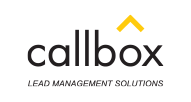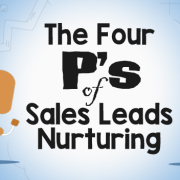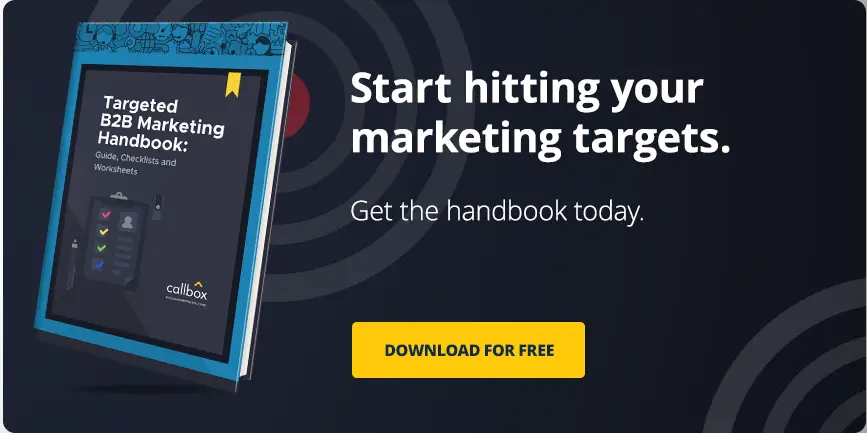Behavioral Targeting for Lead Generation: Thumbs Up or Thumbs Down?
Relevance is one of the basic requirements for a marketing message to be accepted by the online public. Every day, people encounter thousands of ads whenever they search for something online or through social media. But for marketers, it is almost impossible to capture the real interest of those who are really in the market for a product or service.
That’s where behavioral targeting comes in.
According to a post from Clearcode, Behavioral targeting is a method that allows advertisers and publishers to display relevant ads and marketing messages to users based on their web-browsing behavior. Behavioral targeting relies on capturing website and landing page visitor data and using that information to provide these visitors with advertisements that are relevant to their needs and interests.
How does behavioral targeting work?
- A website collects the data of the visitor;
- What page he visited
- How long did he stay on a page
- What links were clicked
- Other activities performed by the visitor
- These data will help create a visitor’s “profile” that links to the web browser.
- Using the data collected, these visitors are put into an audience segment
- Based on the previous behavior of the audience using the information collected, advertisers show an online ad that is relevant to the user.
Related: 15 Brilliant Web Design Hacks That Convert Traffic into Leads
For example, a user who has searched the web for hotel rates on Google may see advertisements for hotels when he visits other websites. Or whenever you “Like” a hotel page on Facebook, it will also trigger these ads and eventually you’ll see the relevant business page on your feed.
This is how behavioral targeting helps boost lead generation, by making users’ web browsing experience more “personalized” and thus allows them to consider multiple channels of marketing.
Many marketers are claiming that behavioral targeting will not work because of the problem of accuracy and its incompleteness in revealing the true interest of leads. Users feel “invaded” whenever they sense that the internet is monitoring their online behavior.
Related: What to Expect when you Outsource your B2B Lead Generation Processes
But why is it that many marketers still think it’s an advantage to have behavioral targeting as part of their marketing strategy despite its potential pitfall? Behavioral targeting can get you;
- Higher click-through rate. The audience is more likely to click through if you create interesting advertisements that are relevant and one they can relate to. Also, it’s important that they could see what you’re offering.
- Higher conversion rate. Through behavioral targeting, you get to learn more about your audience. The fact that you know what they’re looking for lets you create an advertising strategy that is more appealing to them.
Related: Leaving your lead generation campaign to the expert?
According to (NAI) Network Advertising Initiative, targeted ads that are based on user behavior receives 6.8% conversion rate compared to 2.8% for non-targeted ads. tweet this!
So, is it thumbs up or thumbs down? The answer is, it could be both. Doing it without thorough planning will put your time, effort and money to waste. But if you will research and study it well on how to make it more effective before implementing it will further enhance its potential for reaching out to your target audience if done correctly.























